Tag: Video
-
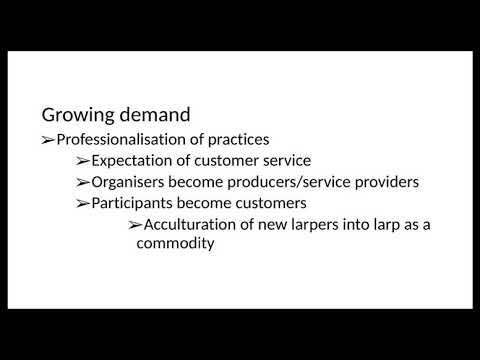
Solmukohta 2020: Living or Larping Consumer Culture? Exploring the Commodification of Larp
Usva discusses how larp is becoming commodified, what that means, and what the repercussions of this for specific events as well as the community at large.
-

Solmukohta 2020 Keynote: Sarah Lynne Bowman – Integrating Larp Experiences
Dr. Sarah Lynne Bowman talks about integration practices for concretizing & completing transformative processes after larps end & daily life resumes.
-

Solmukohta 2020 Keynote: Kjell Hedgard Hugaas – Designing for Transformative Impacts
Kjell Hedgard Hugaas is a game designer, activist, politician, event organizer, and trained actor. In this keynote, Kjell Hedgard Hugaas will make the case for why we should design larps that invite the potential for transformative impacts on players. He will discuss the importance of transparency and intentionality when designing for impacts in domains such
-

Solmukohta 2020 Futurespective: Sharon Underberg
It’s a retrospective – from the year 2040! Sharon Underberg tells us what’s happened in their world of larp “in the past 10 years”.
-

Solmukohta 2020: Kaisa Kangas – Seaside Prison – Designing Larp for Wider Cultural Audiences
Seaside Prison is a larp about life in Gaza. In this talk we discuss the its creation, its aims, & the futures for larp in the culture establishment.
-
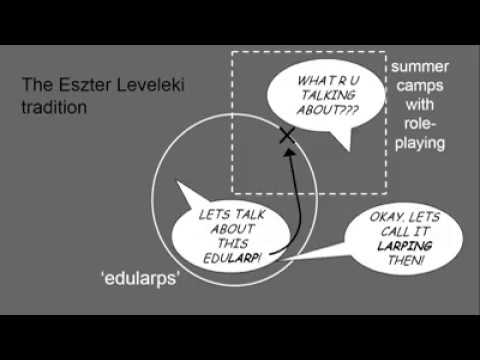
Solmukohta 2020: Mátyás Hartyándi – Larp – Oddity, Hypernym or what?
A talk about the future and self-definition of larps for those who are interested in overlapping activities and/or multidisciplinary cooperations.
-
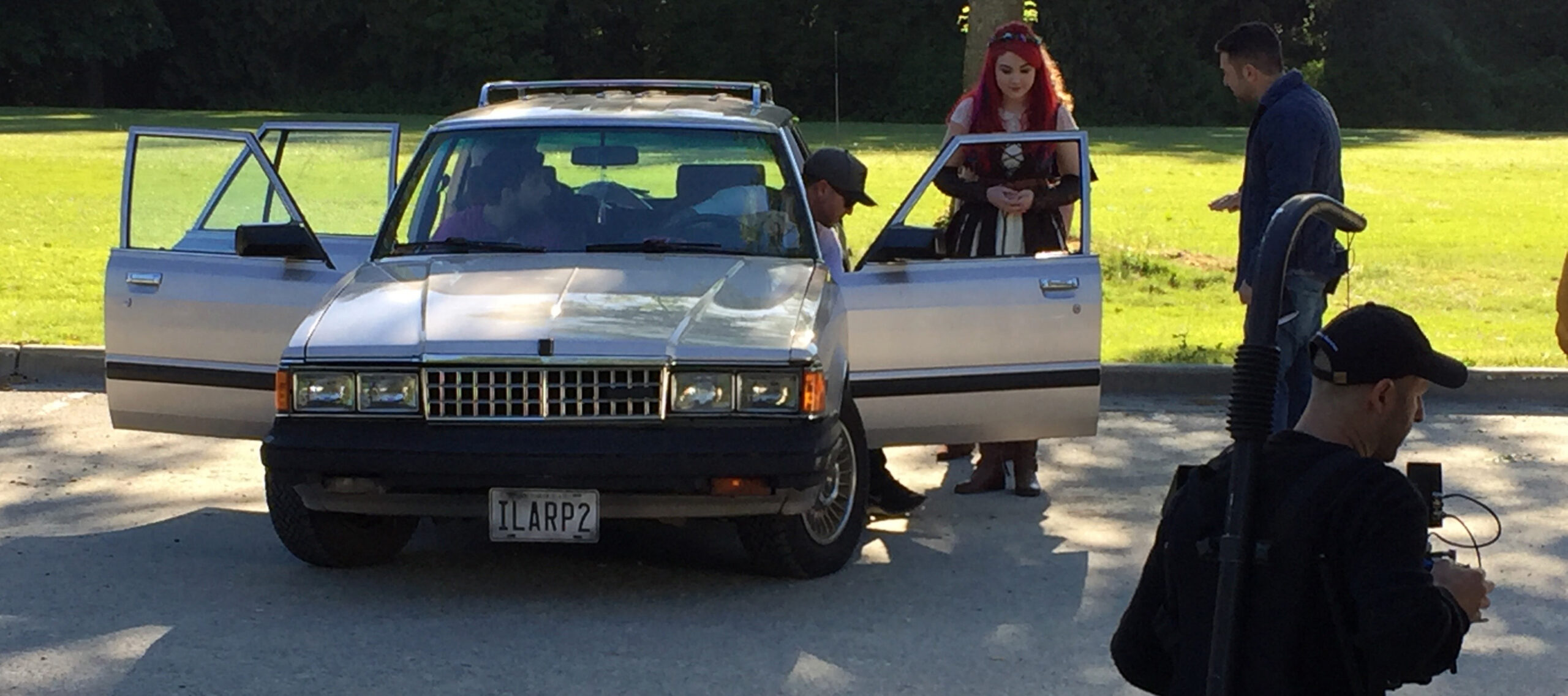
YouTube and Larp
Mo Mo O’brien shares how she accidentally became a YouTube celebrity and offers some tips on how you can successfully create videos about larp.
-
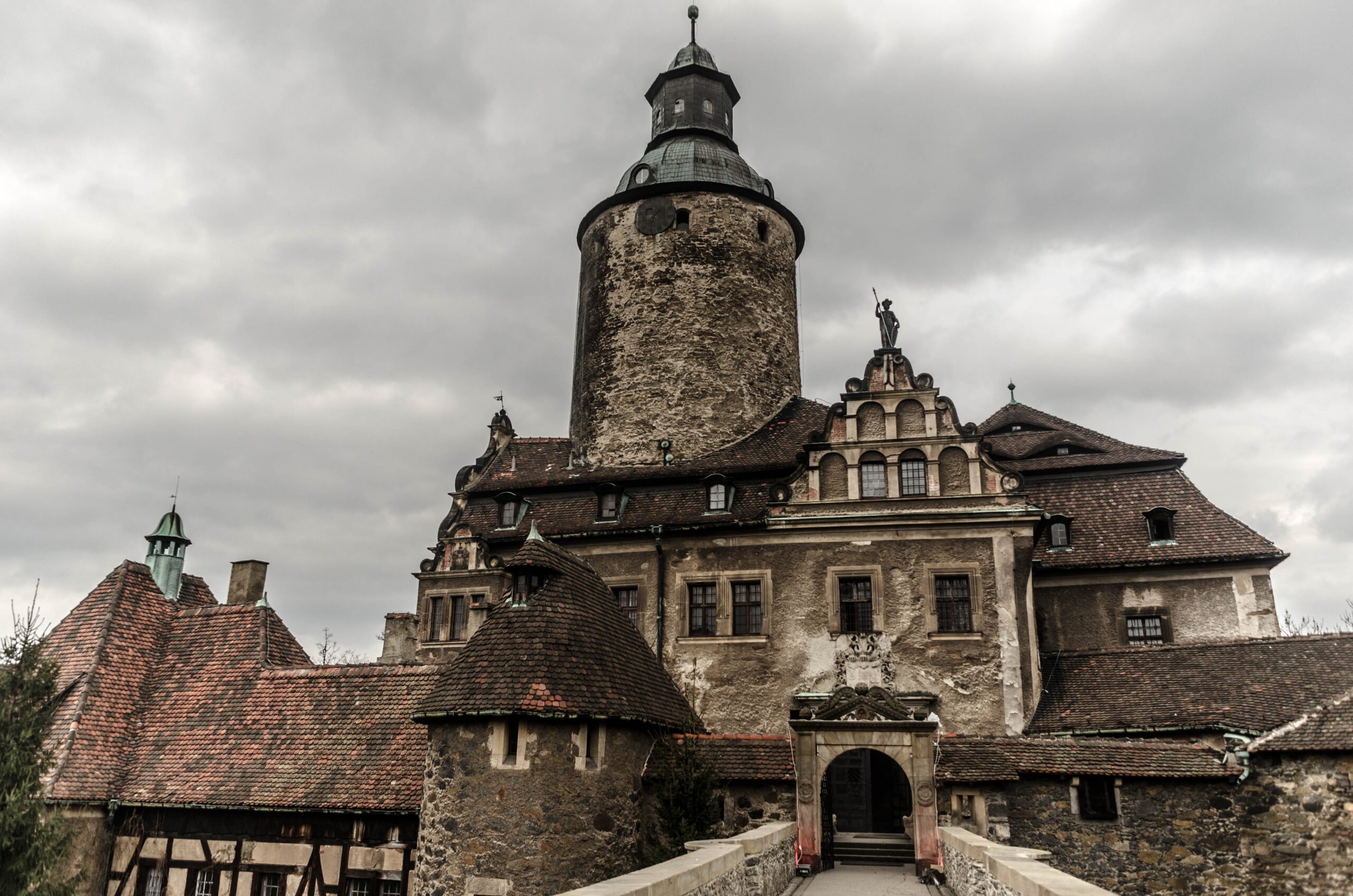
College of Wizardry 2014 Round-up
College of Wizardry is a Harry Potter themed larp made by the organizations Rollespilsfabrikken (Denmark) and Liveform (Poland). You can read more about the individual team members at the College of Wizardry Team page. The larp is set in the beautiful Polish Czocha Castle and the first run was helt in November 2014 with follow-ups planned for April
-
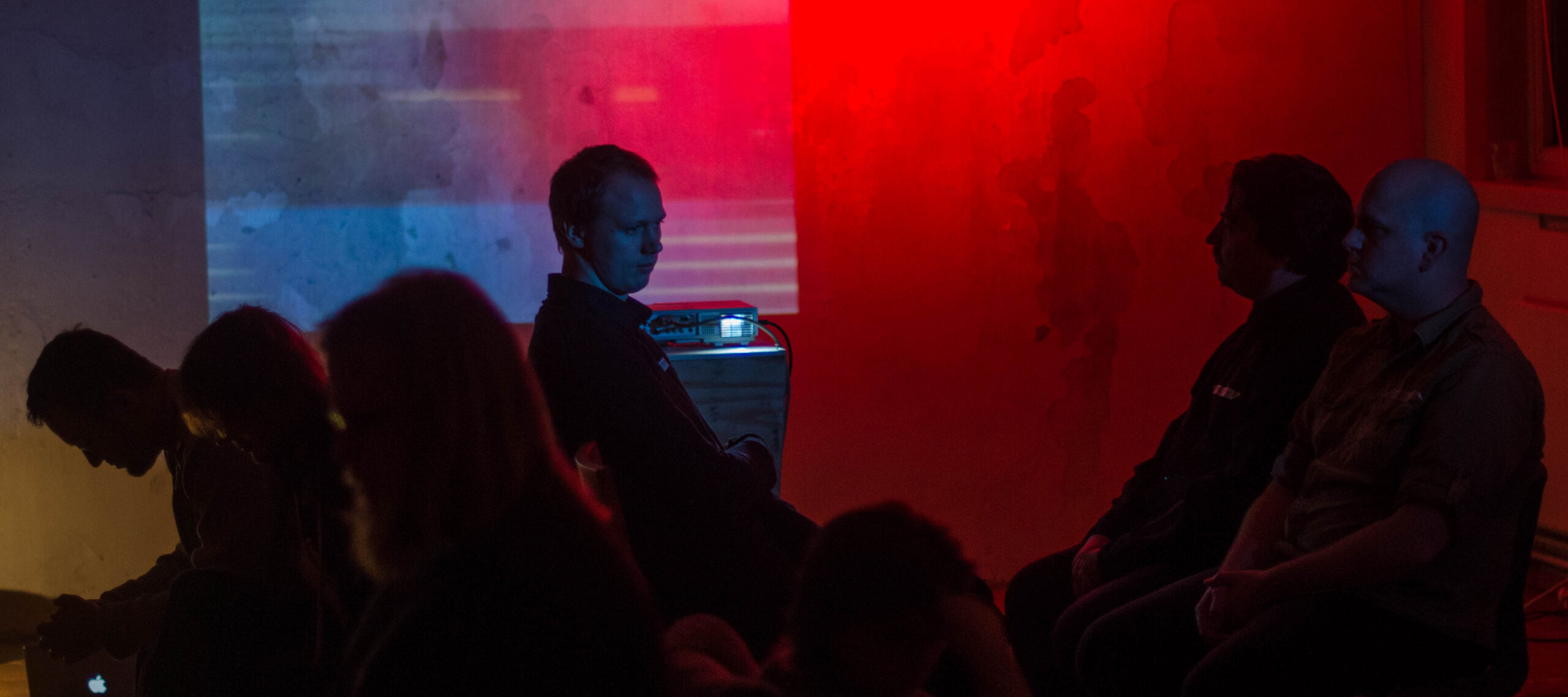
Larp out of Character
in
Larp out of Character is an American blog with video interviews of larpers and larp designers. Here is they’re own description of the blog: As a LARPer for about 20 years now, I have probably been in more LARP theory discussions than in actual games. I have tried a lot of LARP styles, and in my experience
-

Video Report from The Game, a Polish Larp Inspired by The Hunger Games
A very interesting video report from a Polish larp inspired by The Hunger Games. It’s in polish but with full English subtitles.